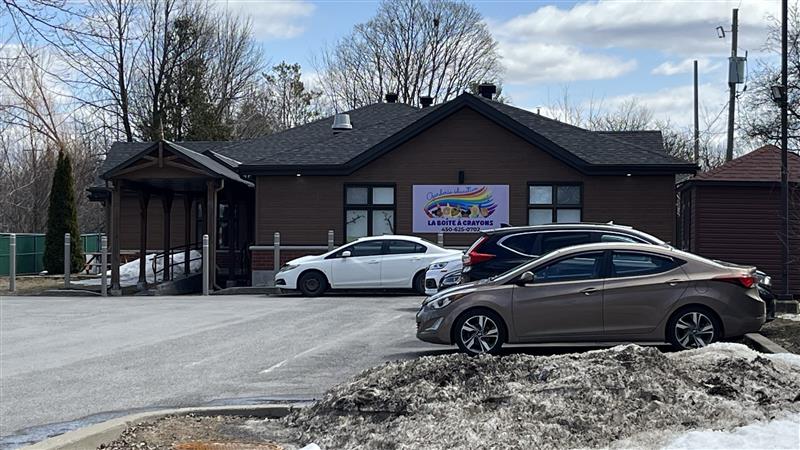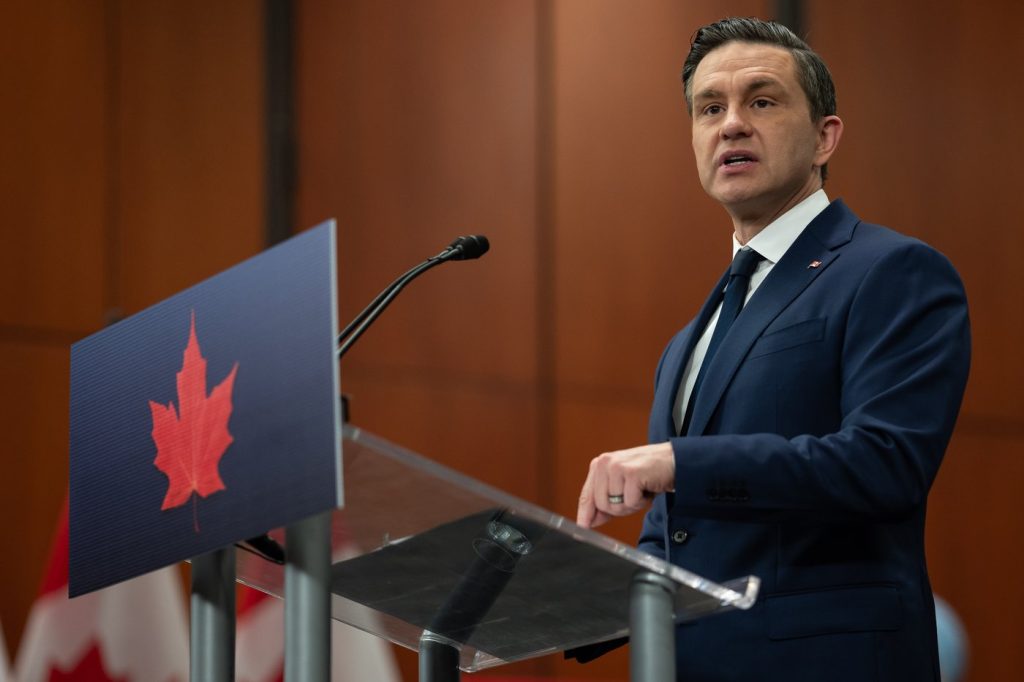Quebec youth protection’s revised adoption form no longer includes preferred race for child

Posted November 9, 2022 2:52 pm.
Last Updated November 9, 2022 6:49 pm.
Quebec’s youth protection has changed its adoption registration form to no longer allow potential parents to select the preferred race for their child, allowing youth to be adopted without possible racial bias.
“There’s a disproportionate number of racialized folks and indigenous people in foster care,” says Dr. Sabrina N. Jafralie, a McGill course lecturer and secondary school teacher.
Historically, Black and Indigenous children have been overrepresented in the province’s youth protection system.
Statistics Canada’s latest release of 2021 census data shows Indigenous children continue to be overrepresented in the child welfare system, accounting for 53.8 per cent of all children in foster care.
“The people who are choosing children are mostly non-indigenous,” says Nakuset part of the Native Women’s Shelter, “They’re mostly white people that are choosing children…So they’re going to choose people that are most like them…this is why you have a lot of Black children and a lot of Indigenous kids in the system.
The adoption process included an application form that asked potential adoptive parents to describe what kind of child they wanted — including age range, sex, health status and race.
Parents only needed to check one of the options for race, which included white, Black, mixed race, Asian, or Indigenous.
“if you look at adoptions, for example, that are interracial, I do think you have a responsibility to educate your child on the culture you are adopting them from,” Jafralie says
The forms now, do not ask explicitly for parents to select a race, but they are now asked the questions below:
Would you accept a child from a different cultural or ethnic background than yours?
How would you prepare for the cultural needs of the child?
While the change is beneficial in making sure all youth have the opportunity to be adopted, some say this may impact youth being matched with a culturally appropriate home.
“You want bonding, you want the child to feel acknowledged and loved exactly for who they are,” says Nakuset. A survivor of the Sixties Scoop, she was adopted into a family different from her own culture, and knows first hand the impact of not being in a culturally appropriate home.
“If that child grows up without cultural pride, it is incredibly damaging…it can set their self esteem in the wrong direction,” she says.
In a statement to CityNews, a spokesperson for The Ministry of Health and Social services says “Each question on the registration form had a purpose and a merit, the objective was never to discriminate against a child or a family on the grounds of “race” or color, for example. The directorates of youth protection have the well-being of all children under their protection at heart, regardless of their cultural or ethnic origins,”
On the question of how they might ensure all children go to culturally appropriate homes, the spokesperson said ” the mission of DYPs in matters of adoption is to find a family for a child according to his or her needs,” adding they must also try to reduce the risk of instability once the child is adopted.
The change in the wording of the application, while a good thing for Nakuset, it also means those part of youth protection and adoption agencies must do more to ensure the cultural safety of youth and to avoid further harm.
“Identification is really, really important, and keeping that identity is important,” adds Nakuset, Now that parents are no longer able to pick a preferred race for a child, she says youth protection must step up.








